Getting Started
Visit any WPL location to receive your very own 1000 Books Before Kindergarten Reading Map, then start reading. We will celebrate your milestones with incentives and lots of encouragement. Plus we’ll keep you supplied with lots of books you’re sure to love. It’s really that simple!
Frequently Asked QuestionsMore Literacy Activities to Do Together
Explore Play Learn is our approach to the American Library Association’s Every Child Ready to Read™ program. Engaging in reading, writing, singing, playing and talking activities together will help build your child’s literacy skills for life.
The Five Practices and Early Literacy Components are part of the Every Child Ready to Read initiative which are properties of PLA, the Public Library Association, and ALSC, the Association for Library Service to Children, divisions of the American Library Association.
-
Reading Activities
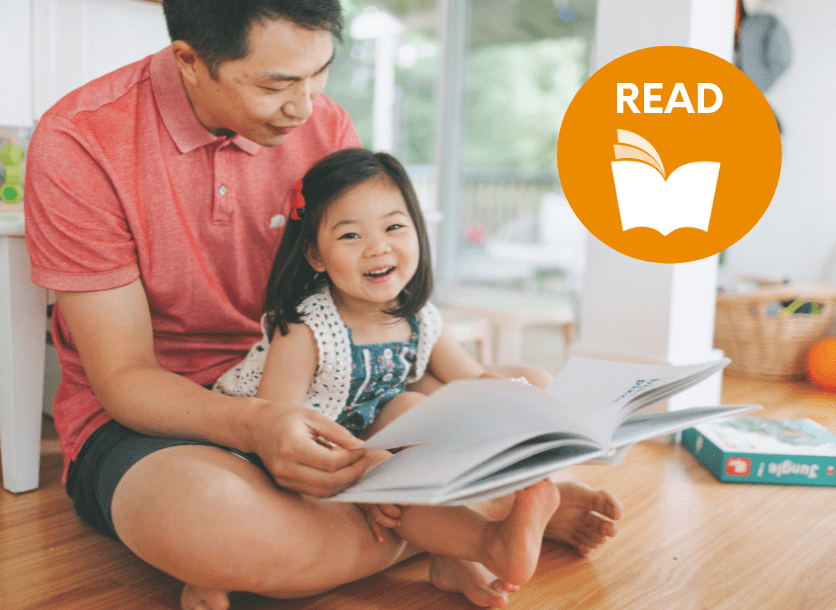
Shared reading is the most important activity to help children get ready to read, whether they’re one month or four years old.
Activity 1
Find books that have no words and have only pictures and make up the story together. Look at the pictures carefully and discuss what is in them. Take turns telling the story to each other and see how your stories differ.
Activity 2
Pick a story that you both know well and play pretend, retelling it with dolls, action figures, puppets, or other toys. See if your child can guess the story.
Have them pick a story, and not tell you, and retell it with toys.
Activity 3
Take magnet or foam letters and freeze them overnight. Put them in a bucket outside for your child on a hot day and hand them a clean dropper or cup of water and have them watch the ice melt and the letters appear. Name the letters and see if you can make a word or name with them.
-
Writing Activities
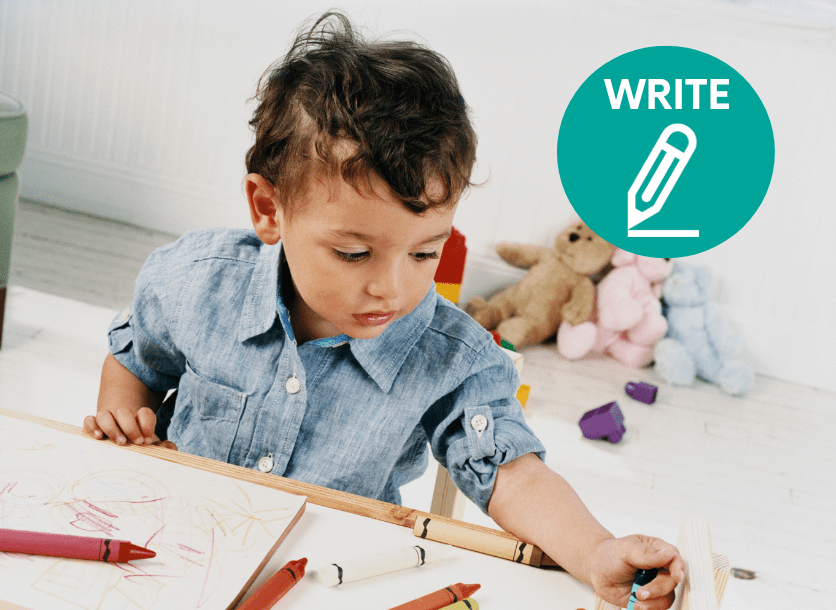
Writing involves both fine and gross motor skills, and it requires plenty of practice to develop.
Activity 1
Take popsicle sticks and have your child glue them or place them together to form the ABCs. Next, have them form their name or your name or other family member’s names.
Activity 2
Play a game of finger drawing a letter on your child’s leg or arm and have them guess the letter. Have them do the same to you and see who can guess the most letters!
To make it harder, draw a short word and see if they can guess what it is.
Activity 3
Encourage your child to paint a picture using their fingers and notice how new colours form when the paints mix.
Have your child trace letters with the paint on their fingers and practice getting a feel for them.
-
Singing Activities
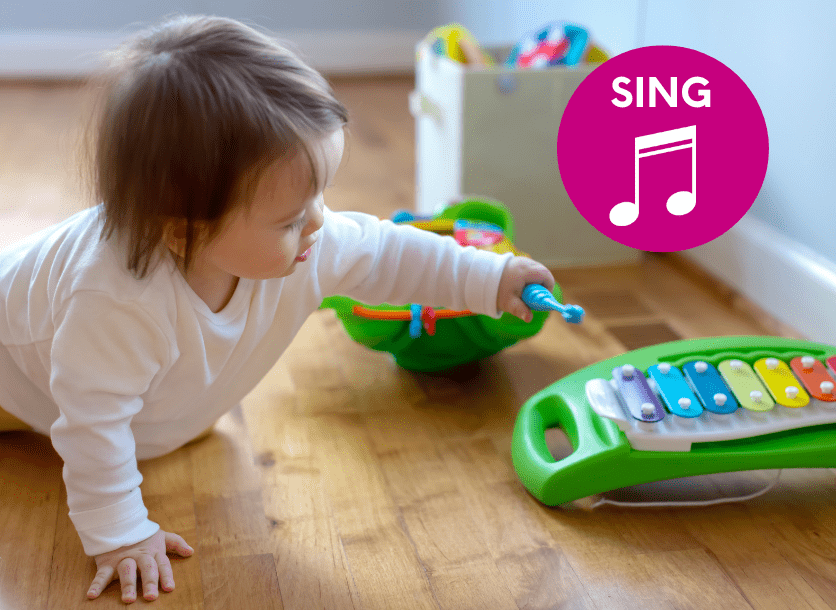
Singing slows down language so kids can better hear the sounds in each word. It also helps them learn new words.
Activity 1
Make your own sequence song about a process, such as leaving the house, sitting down to eat, or going to preschool or daycare (This is the way we…). Think about all the steps involved in the process and add them to the song, singing it every time you begin to do that process.
Activity 2
Have you and your child sing your favourite songs, while dancing at the same time. Stop intermittently and shout FREEZE! And see who can stand still the longest.
Alternatively, have music playing and keep stopping it and shouting FREEZE.
Activity 3
Think of your child’s favourite song and hum it. Have your child guess what song it is! Switch and try to guess what song they’re humming. If it’s too hard to guess, give them a hint with one of the words from the song.
-
Talking Activities
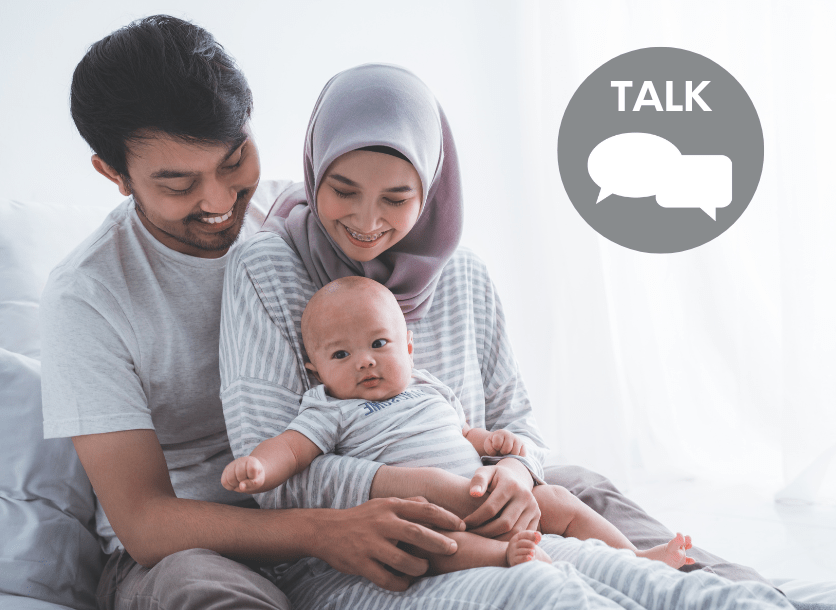
Talking to kids encourages them to understand what they will eventually read; open-ended questions can help, reading and retelling stories, and having open discussions.
Activity 1
When you go for a walk, bike ride, or park, point out all the different road signs to your child and explain what they mean. Or you can also play I Spy with the different signs and have your child look for different shapes and colours.
Activity 2
When making a meal (like a salad or something else that has lots of components) or playing with a toy that has different parts and pieces (for example Lego or magnet tiles), go over all the ingredients or components. Sort the items as you name them and discuss the similarities and differences. For example, the lettuce and carrots are both vegetables but the lettuce is green and the carrots are orange, etc.
Activity 3
Pick a letter of the alphabet and name everything in your child’s room that starts with that letter. Move onto different parts of the house.
For a harder variation, try to find words that end with that letter.
-
Play Activities
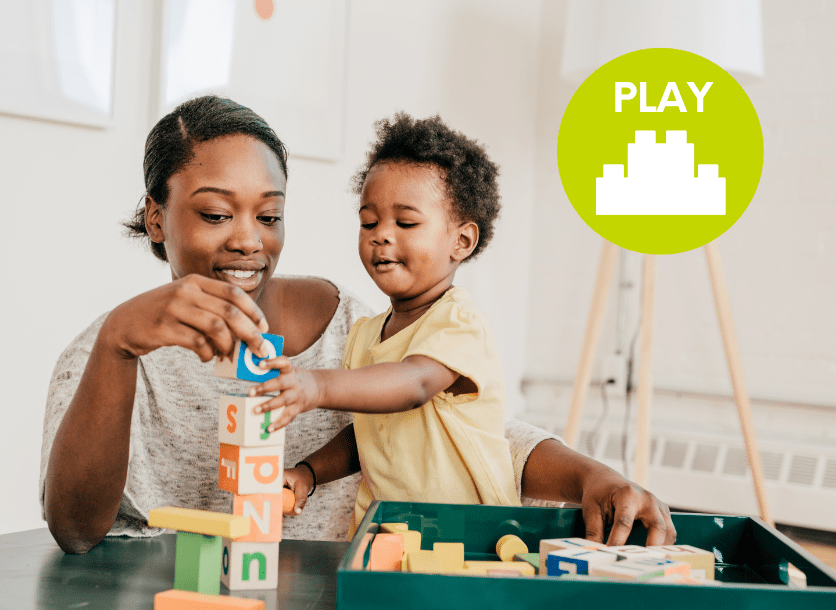
Play is an integral part of a child’s literacy development as different kinds of play help develop language.
Activity 1
Close the curtains or blinds so you can make shadow puppets with a flashlight and your hands. Tell a story as you make different shapes, or have your child guess the shapes and have them make their own shapes with their hands.
Activity 2
Use empty boxes as a canvas for art or pretend. Make the boxes into forts or into musical instruments. Use markers or paint to decorate the boxes and pretend they are racecars, or spaceships, airplanes, or trains.
Activity 3
Write a menu filled with your child’s favourite foods and take their order before a meal. Read the menu to them and have them select what they’d like to es, setting the table and serving them like they’re at a restaurant.
“Around the World” Reading List
Take little ones on a journey around the world with these stories that celebrate global cultures and places.
FAQs
-
How do I sign up?
-
What do we do when we complete 100 books on our map?
-
How do we keep track of our books when there are only 5 circles around each set of 100 books?
-
Are there prizes at each milestone or at each 100 books read?
-
Is there a deadline?
-
Is there a required reading list?
-
Can we read the same book multiple times?
Looking for more early learning initiatives?
We offer a wide range of programs, reading initiatives and resources tailored for babies, toddlers and kindergarten readiness.
